
A broken finger refers to a crack or break in any of the three ‘sections’ – called phalanges – of the finger (except the thumb which has only two). A broken finger can be very painful and require immediate medical attention in order to ensure a healthy healing process.

What Are The Symptoms of a Broken Finger?
Often the first indicator of a broken finger is an audible crack upon impact. Major symptoms include:
• Pain
• Swelling
• Bruising
• Tenderness at the touch
• Deformity – the finger might be pointing in the wrong direction!
Causes of a Broken Finger
The fingers are the most vulnerable part of the hand and can be damaged by any number of different accidents. A broken finger is quite common in sports and in the workplace, especially when the finger is struck awkwardly by a ball or other tools. The severity of the injury will depend on the strength of impact and the health of the bone. Conditions such as osteoporosis or osteoarthritis may make the bone more susceptible to breaking.
Types of Broken Fingers
The following terms describe how broken (or fractured) fingers are categorised:
Skin Involvement:
• Open fractures are when the bone pierces the skin.
• Closed breaks are when the skin remain intact.
Bone Position:
• Non-displaced fractures are when the bone breaks, but the bony fragment remains in normal position.
• Displaced fractures are when the two pieces of bone are separated and move out of their normal positions.
• Comminuted fractures are when the bone breaks or splinters into more than two fragments.
Other types of fracture:
• An impacted fracture is when the ends of the bone are driven into each other.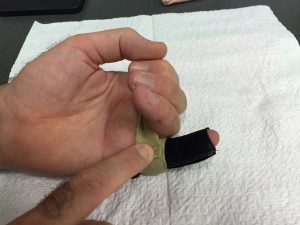
• An avulsion fracture is when the tendon or ligament pulls off a piece of the bone. It can occur in the thumb with a skiing injury (skier’s thumb). It can cause inability to either bend or straighten the tip of your finger after a sports injury.
When Is Hand Therapy Necessary?
For most broken fingers it is necessary to see your doctor. They will refer you for x-rays to help determine whether you can be managed conservatively by custom made orthotics or require surgery to obtain correct bone alignment in order to ensure a healthy healing process. Your hand therapist can fit you with hand splints or buddy straps to protect the fracture and help the swelling settle down. They will assist you regain motion and strength once the fracture is healed.
Surgical Treatment
Surgery is generally required for severe breaks with displaced fractures. Fixation devices including screws, plates, nails or K-wire will help stabilise the healing bones. You will usually be referred to a hand therapist following surgery to help control swelling, regain motion, and provide a removable brace to protect the surgical site.
If you have any questions regarding a condition you have or to book an appointment, feel free to contact us here. Hand Therapy Group would be more than happy to help.

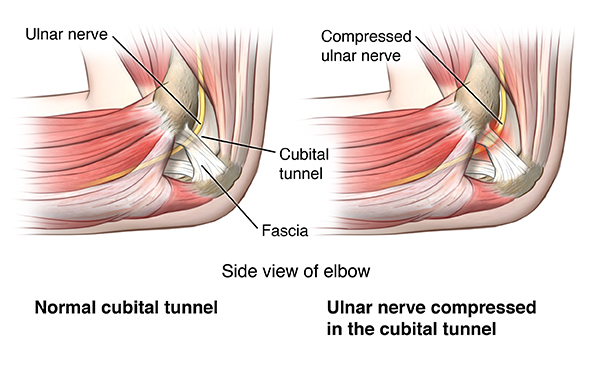
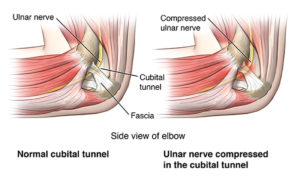
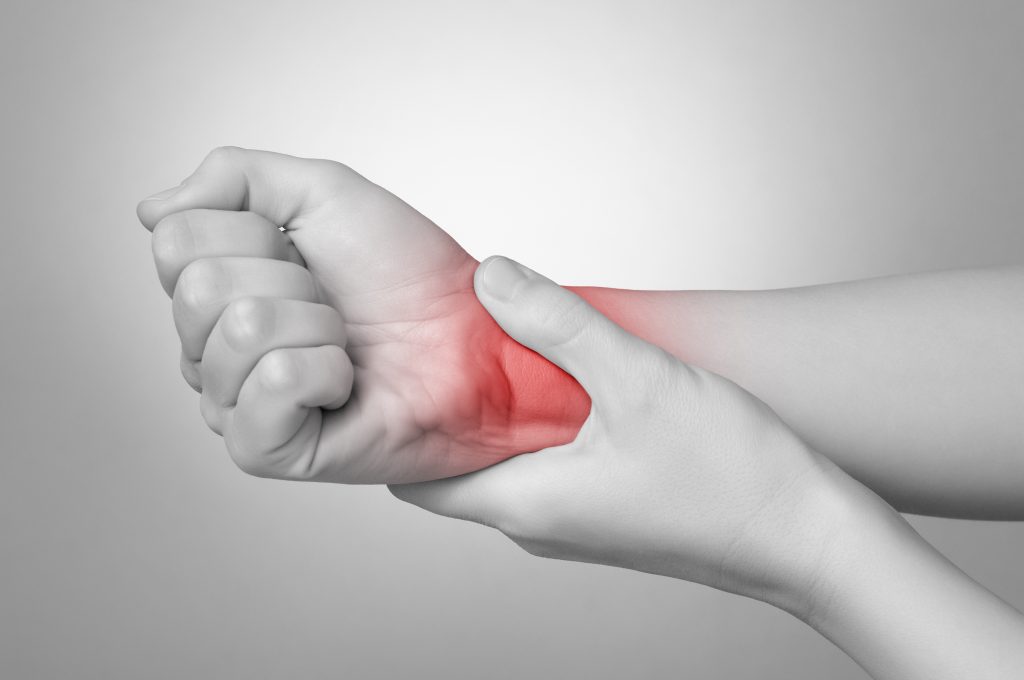
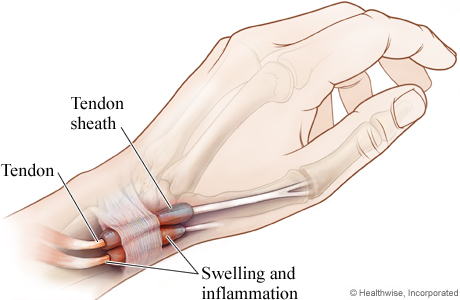

 What is shoulder pain?
What is shoulder pain?